This
post was originally published on
this siteOriginally Posted At: https://breakingmuscle.com/feed/rss
Everyone knows vegetables and fruits are good for you, but not everyone consumes the daily recommended amounts of them. Some people are too busy to cook, and others simply don’t like the taste of certain fruits and vegetables. In these scenarios, a greens powder supplement such as AG1 can replenish the daily nutrients you may miss.
AG1 contains 75 vitamins, minerals, and whole-food-sourced nutrients that can help support gut health, immunity, mental clarity, and cardiovascular health. However, with prices starting at around $2.48 per serving, this supplement may not be the most cost-effective way to get the nutrients your body needs. It also may not be safe for everyone to consume. In this AG1 review, I’ll break down the main ingredients in AG1 and their benefits to help you decide if this supplement is right for you. I’ll also discuss who AG1 is and isn’t good for and provide a list of factors to consider before buying it.
Key Takeaways
- AG1 is vegan, keto- and Paleo-friendly, and contains less than one gram of naturally occurring sugar per serving.
- This greens powder is free from GMOs, added sugars, pesticides, herbicides, and animal byproducts.
- Those who have chronic health issues or take prescription medications should speak with a doctor before taking AG1. Some of its ingredients may worsen certain conditions or make your medication less effective.
AG1
Starts at $2.48 per serving
AG1 is a comprehensive greens powder with 75 vitamins, minerals, and whole-food-sourced nutrients that can support immune, digestive, and brain health; promote stronger hair and nails; and help you feel a boost in energy.
Buy Now
We earn a commission if you make a purchase, at no additional cost to you.
AG1 Pros and Cons
Pros
- AG1 is NSF Certified for Sport, making it suitable for drug-tested athletes or anyone who is concerned about the safety and quality of their supplements.
- This greens powder has hints of vanilla, papaya, and pineapple, a welcome benefit for those who enjoy fruity and tropical flavors.
- In addition to the 75 nutrients one serving of AG1 provides, it has probiotics and digestive enzymes, which can help support gut health and ensure better nutrient absorption.
Cons
- With prices starting at around $2.48 per serving, AG1 is one of the most expensive greens powders on the market.
- AG1 contains some proprietary blends, so you can’t be certain that you’re taking effective doses of all of its ingredients.
- Once you open a pouch of AG1, you have to refrigerate it to preserve the probiotics. This can make traveling with it difficult, and while travel sticks of AG1 are available to purchase, they are more expensive than a single bag.
AG1 Overview
AG1 is a comprehensive greens powder that supplies 75 vitamins, minerals, and whole-food sourced nutrients in one scoop. It also contains dairy-free probiotics, adaptogens — which can help the body adapt to stress — and superfood blends. Notable vitamins and minerals in AG1 include vitamins A, C, E, several of the B vitamins, and zinc. Its superfood blends include ingredients such as chlorella, spirulina, ashwagandha, spinach powder, and beetroot powder. All in all, you get 12 servings of vegetables, a host of antioxidants, and 7.2 billion colony forming units (CFU, or the number of active microorganisms) of probiotics in each scoop.
AG1 is gluten- and dairy-free and suitable for vegans, paleo followers, and keto dieters. It doesn’t contain artificial colors, sweeteners, or flavors, and there is less than one gram of sugar per serving.
Who Is AG1 Good For?
- For those who don’t eat enough fruits and vegetables or take a multivitamin, AG1 can help provide a full spectrum of vitamins and minerals they may miss in their diets.
- People who don’t eat breakfast regularly but want to start their day on the right foot may benefit from a green powder like AG1. The company recommends taking the powder in the morning on an empty stomach, so it can help energize you if you normally skip breakfast.
- Athletes who believe eating more greens can aid performance may want to consider a greens powder like AG1. It contains ingredients that can help with recovery times and reduce muscle soreness.
Who Is AG1 Not Good For?
- Individuals with health concerns such as kidney disease or lupus may want to avoid AG1, as some of its ingredients may worsen those conditions.
- Children under the age of 18 should not take AG1 because the quantities of some of its vitamins and minerals may be too much for young people.
- Anyone who wants a budget-friendly greens powder or one that offers full transparency into its formulation may want to consider another option. AG1 can cost as much as $3.30 per serving and contains some proprietary blends, so you don’t know how much of each ingredient you’re consuming.
AG1 In-Depth Review
AG1 is one of the most expensive greens supplements out there. You pay a premium price for the extensive ingredients list, which supplies high quantities of the vitamins and minerals needed for overall health and wellness. Plus, you get probiotics and various herbs and extracts that can support digestion and promote healthier skin and nails.
AG1 Ingredients and Formulation
Since one serving of AG1 contains 75 vitamins, minerals, and nutrients, it would be impossible to discuss the benefits of all of them in this article. Instead, I’ve highlighted some of the most noteworthy ingredients and their benefits below.
Vitamin A
Vitamin A plays an important role in supporting vision health and the immune system. (1)(2)
In one scoop of AG1, you get 62 percent of the daily recommended value of vitamin A.
B Vitamins
The B vitamins in AG1 include:
- Thiamin (B1)
- Riboflavin (B2)
- Niacin (B3)
- Pantothenic acid (B5)
- Pyridoxine (B6)
- Biotin (B7)
- Folate (B9)
- Methylcobalamin (B12)
These vitamins can help promote skin and hair growth and are necessary for physiological functions such as red blood cell production. They also help the body convert food into energy. (3)
Each serving of AG1 contains well over 100 percent of the recommended daily values of B vitamins.
Vitamin C
Most people know that vitamin C can help support immunity. This important vitamin can also help lower blood pressure, reduce the risk of heart disease, and relieve post-workout muscle soreness. (4)(5)(6)
One scoop of AG1 offers 467 percent of the daily recommended value of vitamin C.
Vitamin E
Vitamin E may have antioxidant properties that can protect against cancer, heart disease, Alzheimer’s, and other conditions. (7)
A scoop of AG1 has 553 percent of the daily recommended intake of vitamin E. High amounts of vitamin E may negatively interact with certain medications, though, so it’s important to speak with your physician before taking AG1 if you take any prescription medicines.
Zinc
It’s common for people who don’t consume animal products to be deficient in zinc, as meat, fish, and seafood contain high quantities of it. However, this important mineral can help support the immune system and repair damaged tissue. (8)
A one-scoop serving of AG1 supplies 136 percent of the recommended daily value of zinc.
Alkaline, Nutrient-Dense, Raw Superfood Complex
Each serving of AG1 contains 7,388 milligrams of this antioxidant complex, which includes spirulina, chlorella, and wheat grass. These ingredients may help prevent diseases such as cancer, dementia, and high cholesterol. (9)(10)(11)
Nutrient Dense Natural Extracts, Herbs, and Antioxidants
This blend contains 2,732 milligrams of extracts from dandelion root, Rhodiola, milk thistle seed extract, and other plants and herbs. They may help support liver health, improve brain function, and protect against chronic diseases and inflammation. (12)(13)(14)
This complex also contains CoQ10, which stands for Coenzyme Q10, a compound that helps produce energy in the cells. The body produces CoQ10 on its own, but taking supplements with CoQ10 may have additional benefits. For example, studies have shown that it may reduce the risk of heart disease, high blood pressure, and cancer. (15)
Digestive Enzymes and Super Mushroom Complex
This blend includes ingredients like reishi mushroom powder, shiitake mushroom powder, and bromelain. Reishi and shiitake mushrooms are known for helping boost the immune system, while bromelain — an enzyme derived from the pineapple plant — may aid nutrient absorption. (16)(17)(18)
There are 154 milligrams of this complex in one serving of AG1.
Dairy Free Probiotics
A scoop of AG1 supplies 7.2 billion CFU of probiotics, including lactobacillus acidophilus and bifidobacterium bifidum. Probiotics are “good” bacteria that help your digestive system function properly. They can help provide relief from digestive issues such as minor cases of diarrhea or more chronic conditions like irritable bowel syndrome (IBS). (20)(21)
Taste and Texture
AG1 contains vegetables and plants in powdered form and doesn’t have any real or artificial sweeteners. It won’t taste like a decadent milkshake or a sweet fruit smoothie. But after trying it, our review staff reported that it was one of the best tasting greens powders they’ve tried, and it tasted much less like grass and dirt than others. I’ve heard from other customers that there are faint notes of pineapple, papaya, and vanilla, so you may enjoy the taste if you like those flavors.
In terms of texture, AG1 can be gritty, even after mixing it in a blender or shaker bottle. If you are turned off by certain textures in your food, you may want to consider another greens powder that blends better and has a smoother consistency.
Cost Breakdown
The cost of AG1 varies, depending on where you buy it and whether or not you subscribe for auto-deliveries.
On the AG1 website, you can buy a package with 30 servings for around $99 ($3.30 per serving). The price drops to $79 ($2.63 per serving) if you subscribe to auto-deliveries every 30 days. You can also choose a double subscription for around $149 per month and get 60 servings shipped to you monthly. This option equals about $2.48 per serving. If you prefer individual packages instead of one large pouch, you can buy a box of 30 travel packs, which start at around $89.
AG1 is available on Amazon, but I don’t recommend buying it there unless you have a Prime membership and are in a hurry to get it. There, one pouch costs about $133 or $4.43 per serving.
Third-Party Testing
AG1 is NSF Certified for Sport, meaning an independent lab tests the supplement to ensure its quality and safety. This makes it safe for athletes in drug-tested sports and helps give peace of mind to the general population that the greens powder doesn’t contain ingredients they may not want to put in their bodies.
How To Use AG1
AG1 recommends taking its supplement on an empty stomach first thing in the morning in eight to 10 ounces of cold water, about 10 to 15 minutes before eating your first meal. If you can’t stomach the taste of the powder in plain water, you can try mixing it in juice instead. Orange juice or other fruit juices work well. I also know of many people who mix AG1 with whey protein powder to help improve the taste.
Factors To Consider Before Buying AG1
AG1 touts many health benefits. Still, that doesn’t mean you should jump right in and buy it without considering how its ingredients may affect you. There are many things to think about before making your purchase. I’ll discuss those factors below so you can feel confident in your decision to buy or not buy AG1.
Cost
AG1 is expensive. One pouch starts at around $79 for a monthly subscription or around $99 for a one-time purchase, and you only get 30 servings per bag. That equals about $2.60 to $3.30 per serving. You may be able to justify the price if you’re severely lacking in essential nutrients and can’t stomach whole fruits and vegetables. But those on tight budgets may want to pass on AG1 and get their nutrients from whole food sources — or consider a cheaper greens powder — instead.
Allergies and Dietary Considerations
AG1 is suitable for vegans and those who follow paleo diets. It’s free from common allergens, such as gluten, eggs, dairy, peanuts, and lactose. There are also no GMOs, herbicides, or pesticides, so you can rest assured that AG1 contains only the highest-quality ingredients.
However, AG1 contains other nutrients, like niacin, that may cause allergic reactions in certain individuals. If you experience side effects such as a rash, itchy skin, or a tingling sensation on the skin, you should stop taking AG1 because you may be allergic to something in its formulation.
Refrigeration
Once you open a bag of AG1, you need to keep it in the fridge to preserve the probiotics and other whole-food-sourced ingredients in the powder. You can’t just leave a bag that’s already been opened on your desk at work or throw it in a duffel bag when you travel.
The company sells travel sticks of its AG1 powder for around $89 for a 30-day supply, though. You may want to consider these if you know you’ll struggle to remember to store the larger bag in the fridge. Because they’re individually sealed, the travel packs are more shelf-stable.
Potential Side Effects
You may notice some unwanted side effects, such as nausea, bloating, gassiness, or diarrhea, when you first start taking AG1. These are more likely if you aren’t used to consuming a lot of vegetables.
If you’re concerned about the potential side effects, you can start with a quarter or half of a scoop and gradually increase the dosage over a few days. This way, your body can slowly acclimate to all the nutrients in this green juice powder.
Current Diet
If you already consume large amounts of produce or take a multivitamin, AG1 may not be necessary. In fact, it can cause you to consume much more than the daily recommended values of certain vitamins and minerals, which can cause health concerns. For example, toxic amounts of vitamin E — more than 1,000 milligrams per day — may lead to major bleeding events. (22)
One serving of AG1 only contains 83 milligrams of vitamin E, so it’s unlikely that the supplement alone would cause an overdose of that nutrient. But if you consume large amounts of foods high in vitamin E, such as almonds or sunflower seeds, and take AG1 on top of that, you may get closer to the toxic limit.
The same may be true for other vitamins that AG1 contains high amounts of, like zinc (136 percent of the daily recommended value). Therefore, if you already eat multiple servings of fruits and vegetables every day or take other vitamins, you may want to avoid a greens powder like AG1.
Scientific Research
While several studies show the potential benefits of some of the individual ingredients in AG1, few evaluate the safety and effectiveness of those ingredients combined. There are also no studies that analyze AG1 specifically. However, some studies suggest a link between herbal and dietary supplements and health concerns such as hepatotoxicity (liver injury). (23)
Therefore, it’s important to do your research on the individual ingredients in AG1 so you can weigh the potential pros and cons before buying this greens powder.
Interactions With Medications
Some of the vitamins and minerals in AG1, such as vitamins E and K, may negatively interact with various prescription medications. (24)(25) If you are taking a prescription to treat a pre-existing condition, ask your doctor if AG1 is safe for you.
Examples of medications that AG1 may negatively interact with include:
- Antibiotics
- Birth control pills
- Blood thinners
- Chemotherapy drugs
- Diabetes medications
- Thyroid medications
Medical Conditions
While the vitamins and minerals in AG1 can help to improve your overall health and wellness, individuals with certain medical conditions may want to avoid taking it.
It’s important for everyone to consult with a physician before taking any vitamin or supplement, but a few key groups of people who should definitely do so before taking AG1 include:
- Those with liver issues. Anecdotal reports suggest a correlation between daily AG1 consumption and high liver enzymes. High liver enzymes may indicate inflammation or damage to the liver. Therefore, if you have a history of liver issues, it’s best to speak with a doctor before using AG1.
- Those with certain autoimmune diseases. AG1 contains alfalfa, which can increase inflammation in people with lupus and similar autoimmune conditions. (26)
- Those with end-stage kidney disease. The potassium in AG1 may worsen kidney function in those with already impaired kidneys. (27)
- Women who are pregnant or breastfeeding. Greens powders like AG1 contain adaptogens, substances that help the body manage stress. Because adaptogens affect the body’s hormones, and pregnant and breastfeeding women may already experience significant hormonal changes, they may negatively impact the mother’s or baby’s health.
Furthermore, anyone under the age of 18 should not take AG1, as the amounts of some of its vitamins and minerals may be excessive for children.
Flavor Options
AG1 doesn’t come in flavors. It has an earthy taste that may be off-putting to some, though there are hints of vanilla, pineapple, and papaya. You can make the taste more palatable by blending the powder with juice or mixing it with a scoop of whey protein powder.
Proprietary Blends
AG1 offers more transparency into its formulation than many other supplement brands, but the company still uses some proprietary blends and doesn’t disclose how much of each ingredient is in each serving.
For example, the AG1 nutrition label includes 7,388 milligrams of an alkaline, nutrient-dense raw superfood complex with ingredients like spirulina, wheat grass, and chlorella powder. However, you don’t know exactly how much of those three ingredients make up the 7,388 milligrams of the complex.
Without a full level of transparency, you won’t know if you’re consuming clinically effective doses of each ingredient. This can also be an issue if you have sensitivities to certain ingredients because you may consume excessive amounts that can trigger unwanted side effects.
Missing Nutrients
Despite having high amounts of many essential nutrients, AG1 lacks iron, which is needed for red blood cells to carry oxygen throughout the body, and vitamin D, which helps the body absorb calcium. Many people tend to be deficient in vitamin D and iron. If you’re one of them, you may need to take separate supplements to meet your needs.
AG1 vs. Jocko Greens
Jocko Greens is another popular superfood powder that may offer many of the same benefits as AG1 at a cheaper price. It costs about $1.77 per serving, almost half the price per serving of AG1. The ingredients list isn’t as extensive, but Jocko Greens also contains probiotics, adaptogens, and various fruits, vegetables, and extracts that can help support digestive health and the immune system and improve the body’s ability to handle stress.
The main benefit of Jocko Greens over AG1 is that the label is fully transparent. Jocko Greens doesn’t hide any of its ingredients behind proprietary blends, so you know how much of each you’re consuming. It’s also available in two flavors — peach and coconut pineapple — which can help make the powder more palatable.
AG1 vs. Primal Greens
Primal Greens is a greens supplement made by Primal Harvest, a brand that takes a science-based approach to delivering high-quality supplements. It contains more than 50 superfoods, including chlorella, ashwagandha, wheatgrass, and reishi mushrooms. This is less than the 75 ingredients you’ll find in AG1 but still more than many other greens powders on the market.
Like AG1, Primal Greens doesn’t come in flavored varieties. It has an earthy taste and may not be the best greens powder if you’re looking for something with less of a grassy flavor. It also has proprietary blends, which is something to consider if you’re looking for a supplement with a fully transparent label. But with prices starting at around $1.33 per serving, it can be a cost-effective alternative to AG1 for those on tight budgets.
AG1 vs. Beyond Greens
Beyond Greens has a much smaller ingredient list than AG1, but it comes with a more affordable price point that starts at around $0.83 per serving. It also offers a more transparent label, so you can see how much of each ingredient you get in one serving. For example, you can see that one serving provides 200 milligrams of milk thistle seed, which AG1 has in its powder but hides behind a proprietary blend.
Beyond Greens is dairy-, shellfish-, soy-, and gluten-free and contains no GMOs or preservatives, so it suits a wide range of dietary needs. It has a slight matcha taste, which you may enjoy if you’re a fan of matcha tea. However, this super greens powder is sweetened with stevia, which can taste bitter to some people. If you’re not a fan of stevia, you may want to consider another greens powder alternative.
Final Verdict: Is AG1 Worth It?
AG1 likely isn’t worth it if you already eat a balanced diet or take a multivitamin. It can cost up to $3.30 per serving, and while you do get 75 vitamins, minerals, and whole-food-sourced nutrients in each scoop, you can get most of the nutrients your body needs from fruits and vegetables for a cheaper price.
That said, if you’re frequently on the go and don’t have a way to conveniently cook or store vegetables, or if you can’t stomach the taste of them, a greens supplement like AG1 can help you increase your intake of vitamins, minerals, and antioxidants. Before you make the investment, talk to your physician, especially if you are on prescription medication or have a pre-existing condition. AG1 may interact with medications or worsen certain health issues, and your doctor can help determine if it’s safe for you.
FAQs
Is AG1 actually good for you?
AG1 can be a good way to consume more greens if you don’t normally consume the daily recommended amounts of vegetables. It contains 75 vitamins, minerals, and whole-food-sourced nutrients that can help support a busy lifestyle and replenish your daily micronutrients. However, it may not be necessary if you eat lots of fruits and vegetables every day, as you may already be getting sufficient amounts of vital nutrients from your diet.
It’s also important to note that some ingredients in AG1 are hidden in proprietary blends, so you can’t tell if you’re getting clinically effective doses.
What does AG1 do to your body?
AG1 can help improve your focus, support better digestion, and promote healthy aging and better hair, skin, and nails due to the presence of probiotics, ingredients like ashwagandha, and nutrients like vitamin C. However, it should not be used as a substitute for eating whole fruits and vegetables.
How much does AG1 cost?
On the AG1 website, AG1 costs about $99 for a one-time purchase of a 30-serving bag, about $79 for a monthly subscription of 30 servings, or around $149 for a monthly subscription of 60 servings. You can also purchase 30 individual travel packs for around $109. If you sign up for auto deliveries for the travel packs, you’ll pay around $89 per month for 30 servings or $169 per month for 60 servings.
On Amazon, one bag of AG1 costs around $133 or $4.43 per serving.
References
- Wu J, Cho E, Willett WC, Sastry SM, Schaumberg DA. Intakes of Lutein, Zeaxanthin, and Other Carotenoids and Age-Related Macular Degeneration During 2 Decades of Prospective Follow-up. JAMA Ophthalmol. 2015 Dec;133(12):1415-24. doi: 10.1001/jamaophthalmol.2015.3590. PMID: 26447482; PMCID: PMC5119484.
- Sommer A, Katz J, Tarwotjo I. Increased risk of respiratory disease and diarrhea in children with preexisting mild vitamin A deficiency. Am J Clin Nutr. 1984 Nov;40(5):1090-5. doi: 10.1093/ajcn/40.5.1090. PMID: 6496388.
- Hanna M, Jaqua E, Nguyen V, Clay J. B Vitamins: Functions and Uses in Medicine. Perm J. 2022 Jun 29;26(2):89-97. doi: 10.7812/TPP/21.204. Epub 2022 Jun 17. PMID: 35933667; PMCID: PMC9662251.
- Ettarh RR, Odigie IP, Adigun SA. Vitamin C lowers blood pressure and alters vascular responsiveness in salt-induced hypertension. Can J Physiol Pharmacol. 2002 Dec;80(12):1199-202. doi: 10.1139/y02-147. PMID: 12564647.
- Knekt P, Ritz J, Pereira MA, O’Reilly EJ, Augustsson K, Fraser GE, Goldbourt U, Heitmann BL, Hallmans G, Liu S, Pietinen P, Spiegelman D, Stevens J, Virtamo J, Willett WC, Rimm EB, Ascherio A. Antioxidant vitamins and coronary heart disease risk: a pooled analysis of 9 cohorts. Am J Clin Nutr. 2004 Dec;80(6):1508-20. doi: 10.1093/ajcn/80.6.1508. PMID: 15585762.
- Thompson D, Williams C, McGregor SJ, Nicholas CW, McArdle F, Jackson MJ, Powell JR. Prolonged vitamin C supplementation and recovery from demanding exercise. Int J Sport Nutr Exerc Metab. 2001 Dec;11(4):466-81. doi: 10.1123/ijsnem.11.4.466. PMID: 11915781.
- Rizvi S, Raza ST, Ahmed F, Ahmad A, Abbas S, Mahdi F. The role of vitamin e in human health and some diseases. Sultan Qaboos Univ Med J. 2014 May;14(2):e157-65. Epub 2014 Apr 7. PMID: 24790736; PMCID: PMC3997530.
- Berger A. What does zinc do? BMJ 2002; 325 :1062 doi:10.1136/bmj.325.7372.1062
- Karkos PD, Leong SC, Karkos CD, Sivaji N, Assimakopoulos DA. Spirulina in clinical practice: evidence-based human applications. Evid Based Complement Alternat Med. 2011;2011:531053. doi: 10.1093/ecam/nen058. Epub 2010 Oct 19. PMID: 18955364; PMCID: PMC3136577.
- Nakashima, Y., Ohsawa, I., Konishi, F., Hasegawa, T., Kumamoto, S., Suzuki, Y., & Ohta, S. (2009). Preventive effects of Chlorella on cognitive decline in age-dependent dementia model mice. Neuroscience Letters, 464(3), 193–198. https://doi.org/10.1016/j.neulet.2009.08.044
- Kothari S, Jain AK, Mehta SC, Tonpay SD. Hypolipidemic effect of fresh Triticum aestivum (wheat) grass juice in hypercholesterolemic rats. Acta Pol Pharm. 2011 Mar-Apr;68(2):291-4. PMID: 21485304.
- Abenavoli, L., Capasso, R., Milic, N., & Capasso, F. (2010). Milk thistle in liver diseases: past, present, future. Phytotherapy research : PTR, 24(10), 1423–1432. https://doi.org/10.1002/ptr.3207
- Karimi, G., Vahabzadeh, M., Lari, P., Rashedinia, M., & Moshiri, M. (2011). “Silymarin”, a promising pharmacological agent for treatment of diseases. Iranian journal of basic medical sciences, 14(4), 308–317.
- Wirngo, F. E., Lambert, M. N., & Jeppesen, P. B. (2016). The Physiological Effects of Dandelion (Taraxacum Officinale) in Type 2 Diabetes. The review of diabetic studies : RDS, 13(2-3), 113–131. https://doi.org/10.1900/RDS.2016.13.113
- Saini R. (2011). Coenzyme Q10: The essential nutrient. Journal of pharmacy & bioallied sciences, 3(3), 466–467. https://doi.org/10.4103/0975-7406.84471
- Dai, X., Stanilka, J. M., Rowe, C. A., Esteves, E. A., Nieves, C., Jr, Spaiser, S. J., Christman, M. C., Langkamp-Henken, B., & Percival, S. S. (2015). Consuming Lentinula edodes (Shiitake) Mushrooms Daily Improves Human Immunity: A Randomized Dietary Intervention in Healthy Young Adults. Journal of the American College of Nutrition, 34(6), 478–487. https://doi.org/10.1080/07315724.2014.950391
- Wang, X., & Lin, Z. (2019). Immunomodulating Effect of Ganoderma (Lingzhi) and Possible Mechanism. Advances in experimental medicine and biology, 1182, 1–37. https://doi.org/10.1007/978-981-32-9421-9_1
- Roxas M. (2008). The role of enzyme supplementation in digestive disorders. Alternative medicine review : a journal of clinical therapeutic, 13(4), 307–314.
- Guo, Q., Goldenberg, J. Z., Humphrey, C., El Dib, R., & Johnston, B. C. (2019). Probiotics for the prevention of pediatric antibiotic-associated diarrhea. The Cochrane database of systematic reviews, 4(4), CD004827. https://doi.org/10.1002/14651858.CD004827.pub5
- Guo, Q., Goldenberg, J. Z., Humphrey, C., El Dib, R., & Johnston, B. C. (2019). Probiotics for the prevention of pediatric antibiotic-associated diarrhea. The Cochrane database of systematic reviews, 4(4), CD004827. https://doi.org/10.1002/14651858.CD004827.pub5
- Dale, H. F., Rasmussen, S. H., Asiller, Ö. Ö., & Lied, G. A. (2019). Probiotics in Irritable Bowel Syndrome: An Up-to-Date Systematic Review. Nutrients, 11(9), 2048. https://doi.org/10.3390/nu11092048
- Owen, K. N. (2023, February 13). Vitamin E Toxicity. StatPearls – NCBI Bookshelf. https://www.ncbi.nlm.nih.gov/books/NBK564373/
- Navarro, V. J., Khan, I., Björnsson, E., Seeff, L. B., Serrano, J., & Hoofnagle, J. H. (2017). Liver injury from herbal and dietary supplements. Hepatology (Baltimore, Md.), 65(1), 363–373. https://doi.org/10.1002/hep.28813
- Podszun, M., & Frank, J. (2014). Vitamin E-drug interactions: molecular basis and clinical relevance. Nutrition research reviews, 27(2), 215–231. https://doi.org/10.1017/S0954422414000146
- Office of Dietary Supplements – Vitamin K. (n.d.). https://ods.od.nih.gov/factsheets/VitaminK-HealthProfessional/
- Akaogi, J., Barker, T., Kuroda, Y., Nacionales, D. C., Yamasaki, Y., Stevens, B. R., Reeves, W. H., & Satoh, M. (2006). Role of non-protein amino acid l-canavanine in autoimmunity. Autoimmunity Reviews, 5(6), 429–435. https://doi.org/10.1016/j.autrev.2005.12.004
- Yamada, S., & Inaba, M. (2021). Potassium Metabolism and Management in Patients with CKD. Nutrients, 13(6), 1751. https://doi.org/10.3390/nu13061751
The post AG1 Review: Is This Greens Powder Worth It? appeared first on Breaking Muscle.

 (@alexgazan_)
(@alexgazan_)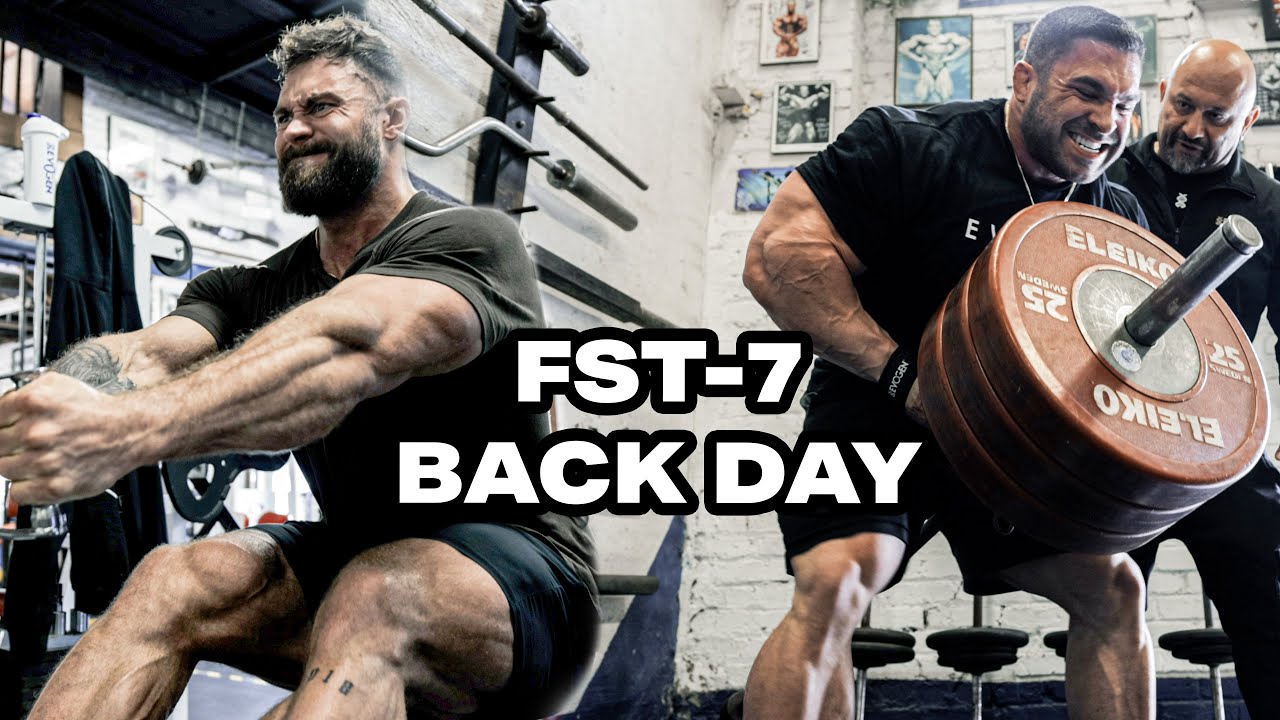
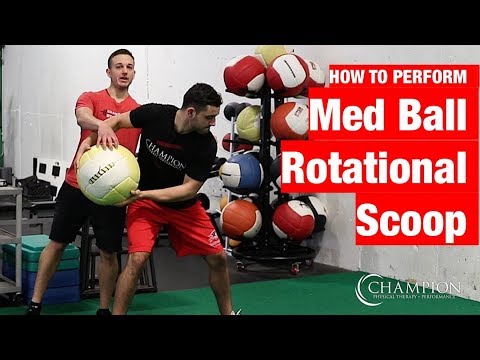
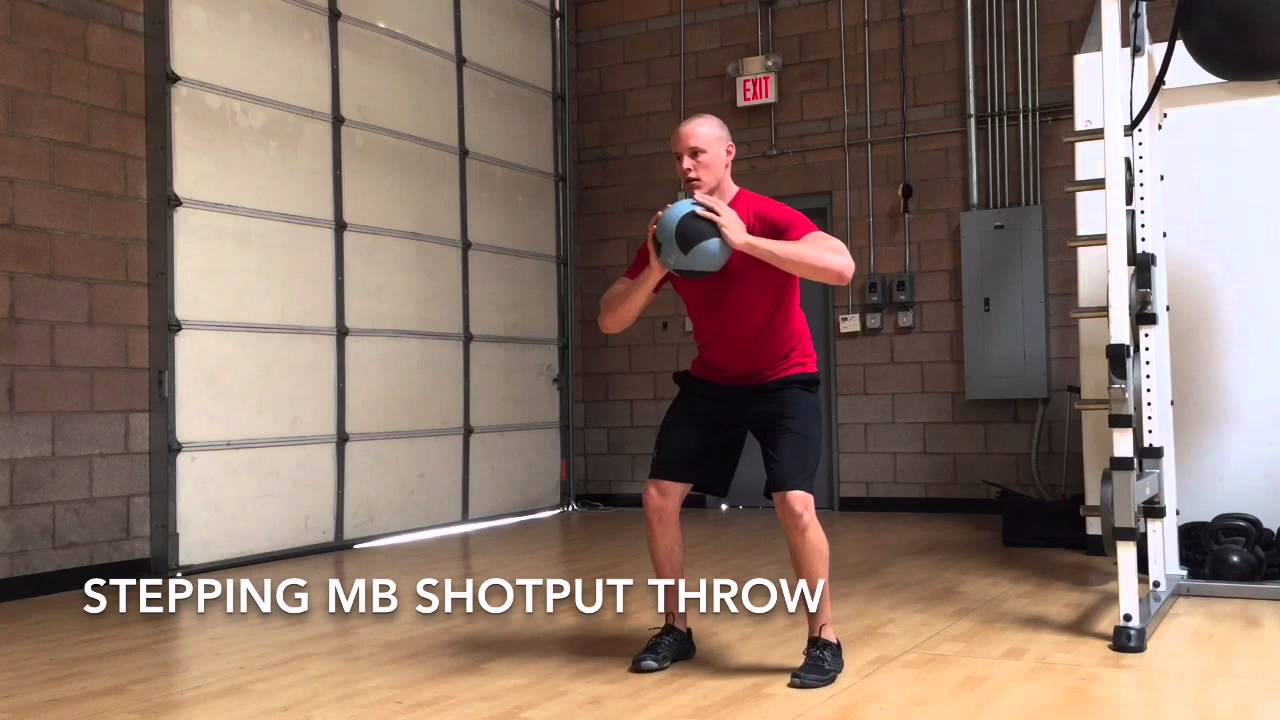
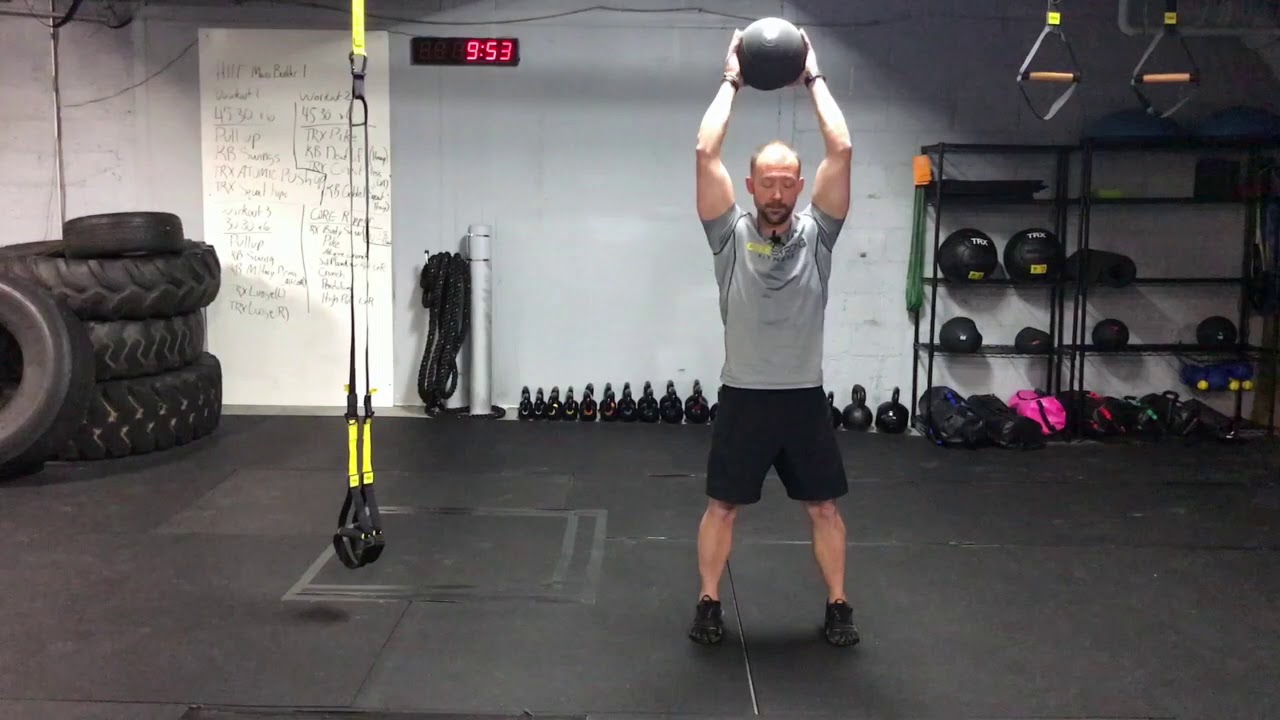
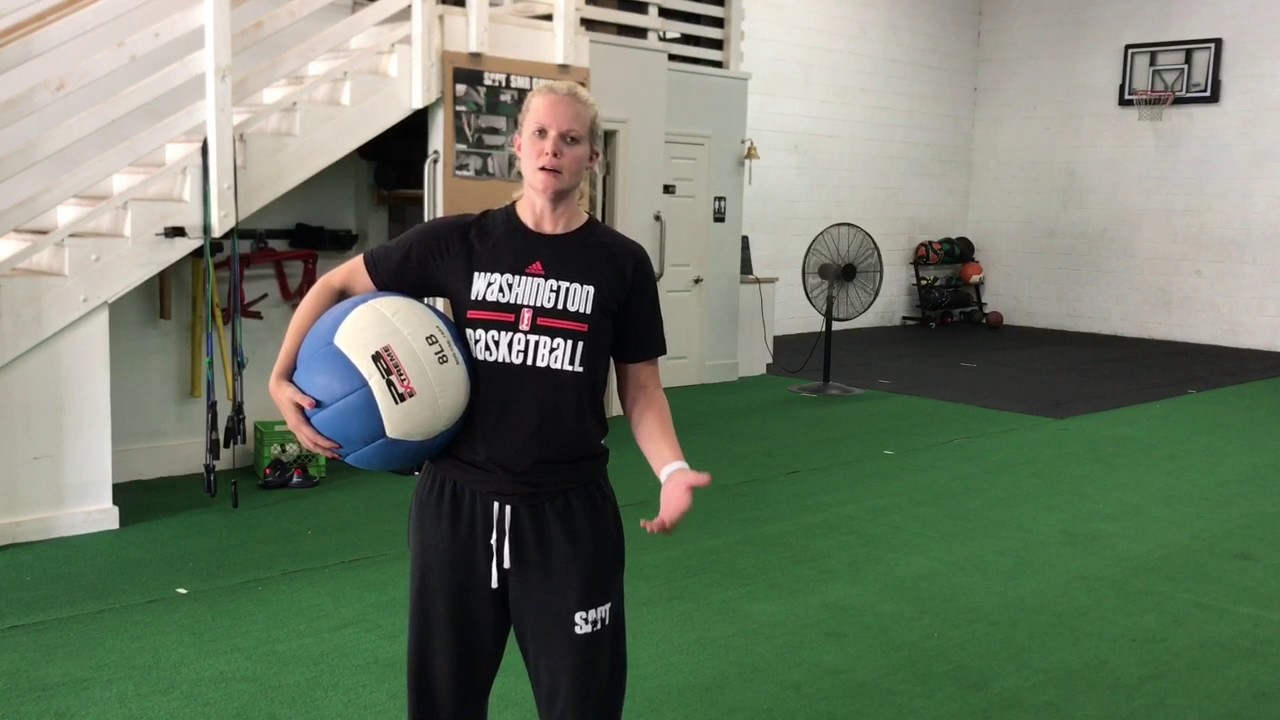
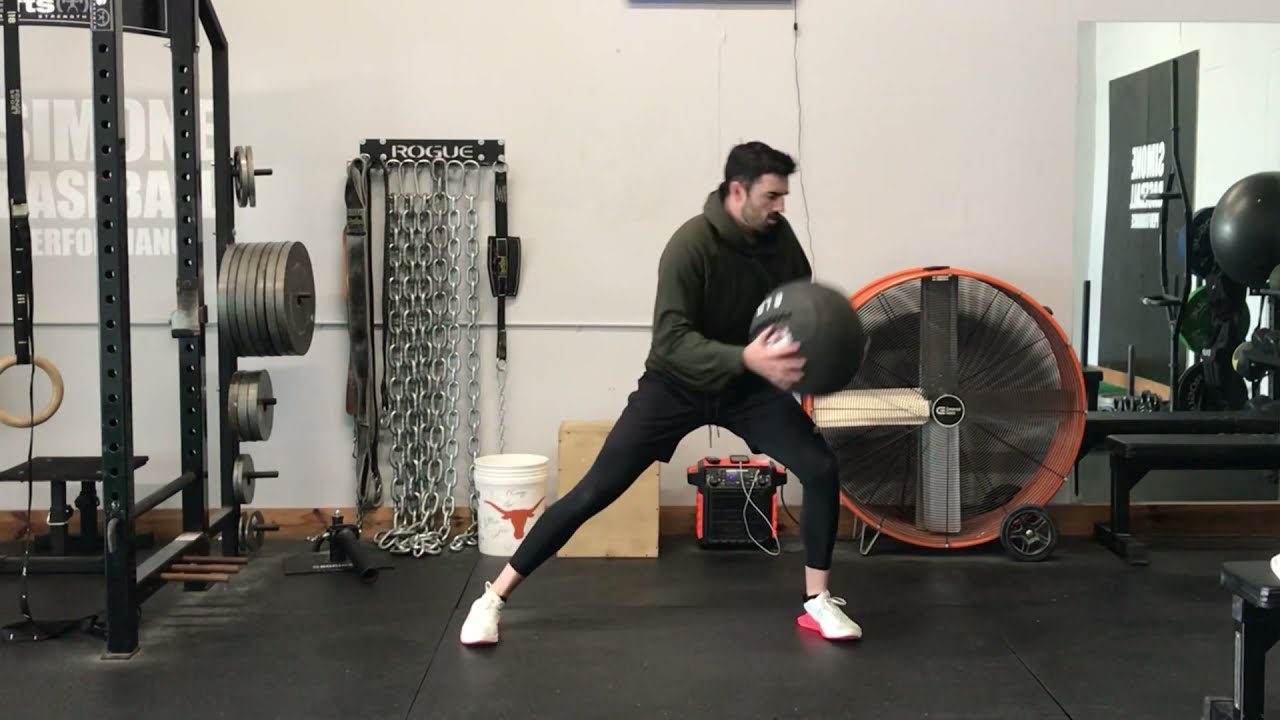
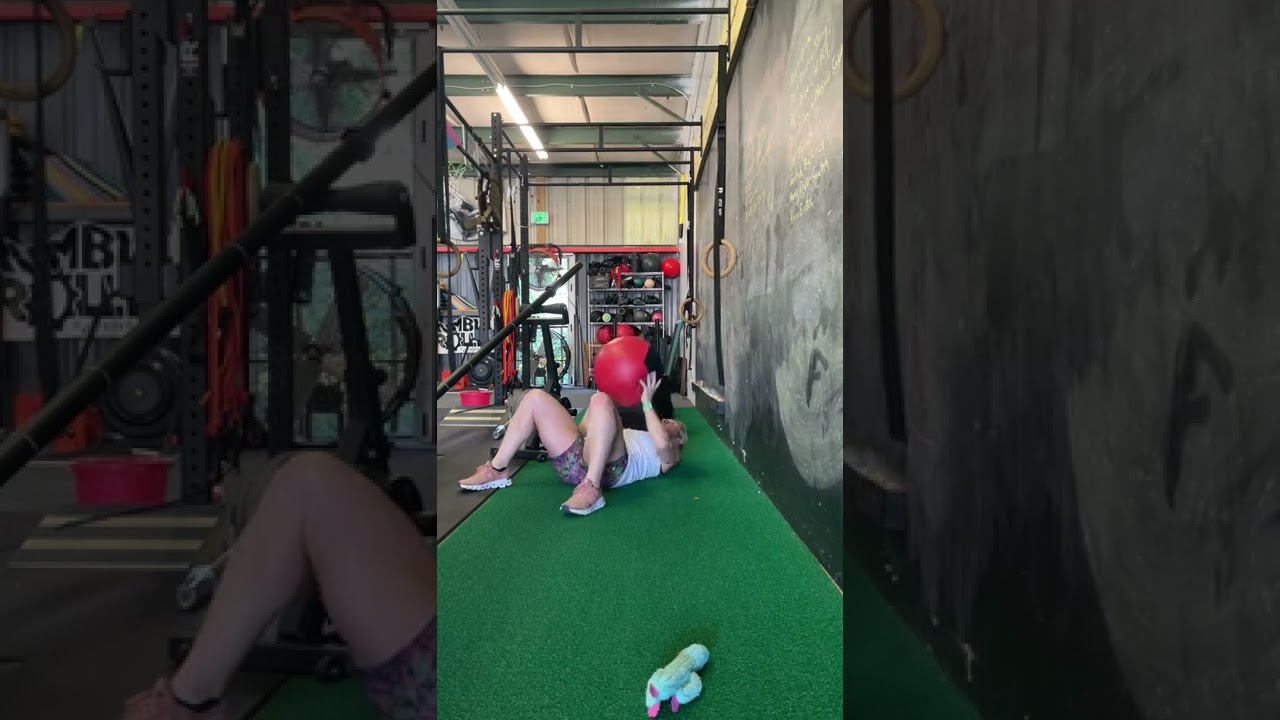
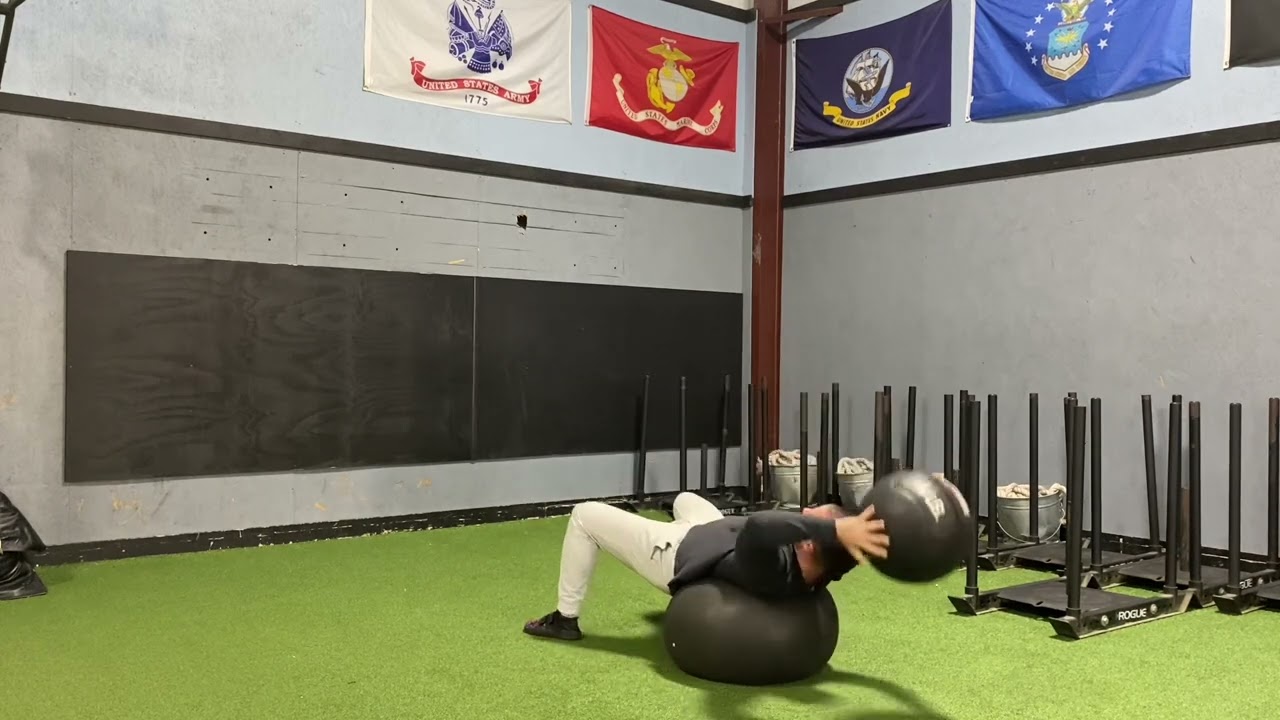
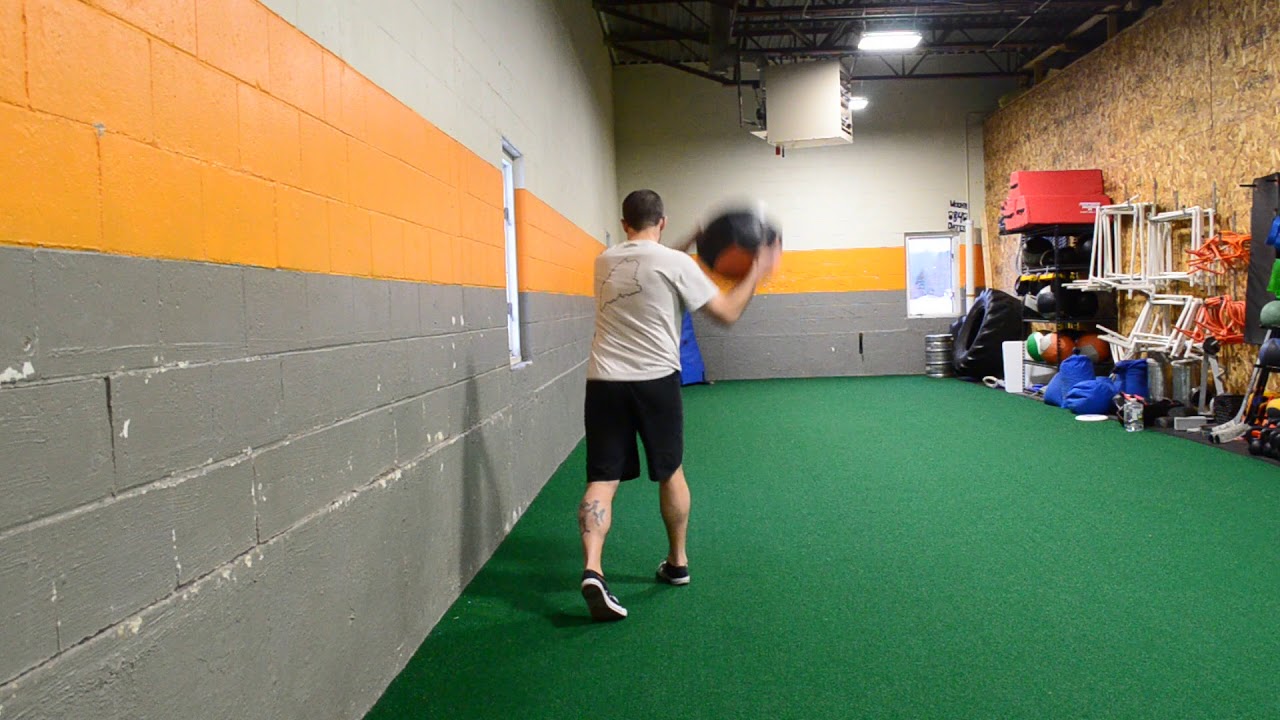

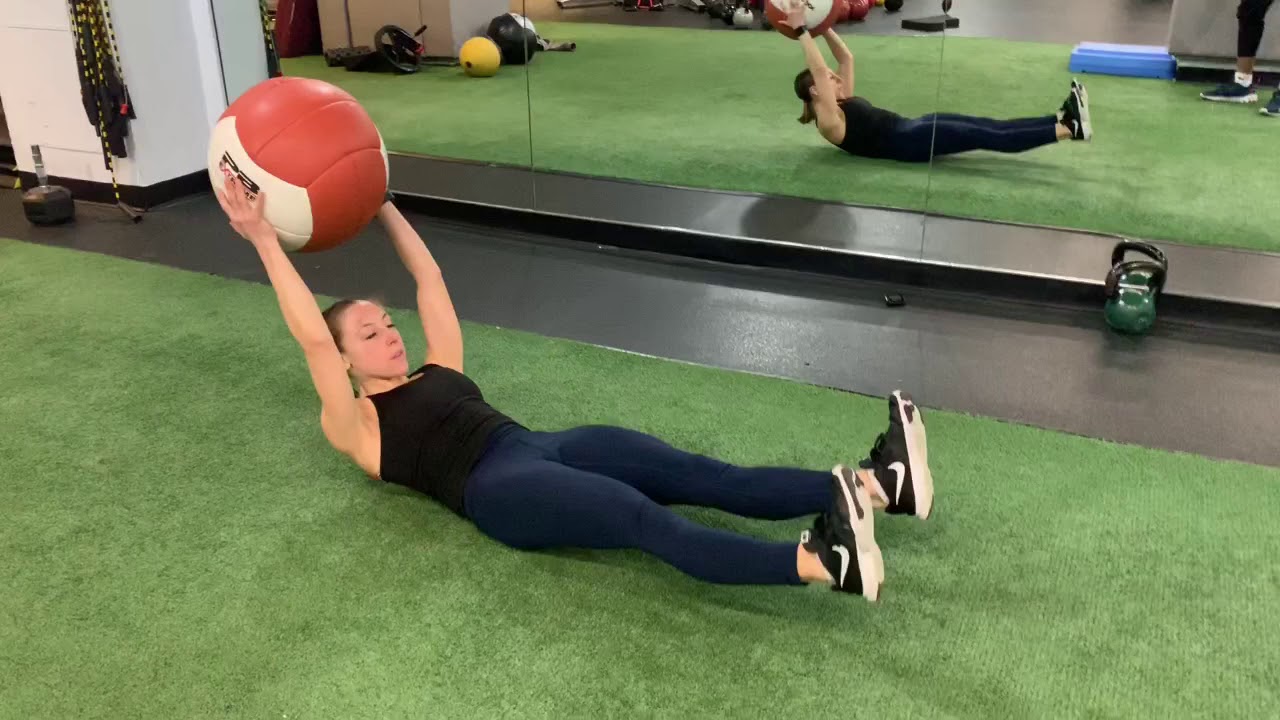



 For now classes are 6pm and 640pm at 2840 Wildwood st in the Boise Cloggers studio.
Book your class NOW!
click this ==>
For now classes are 6pm and 640pm at 2840 Wildwood st in the Boise Cloggers studio.
Book your class NOW!
click this ==>








